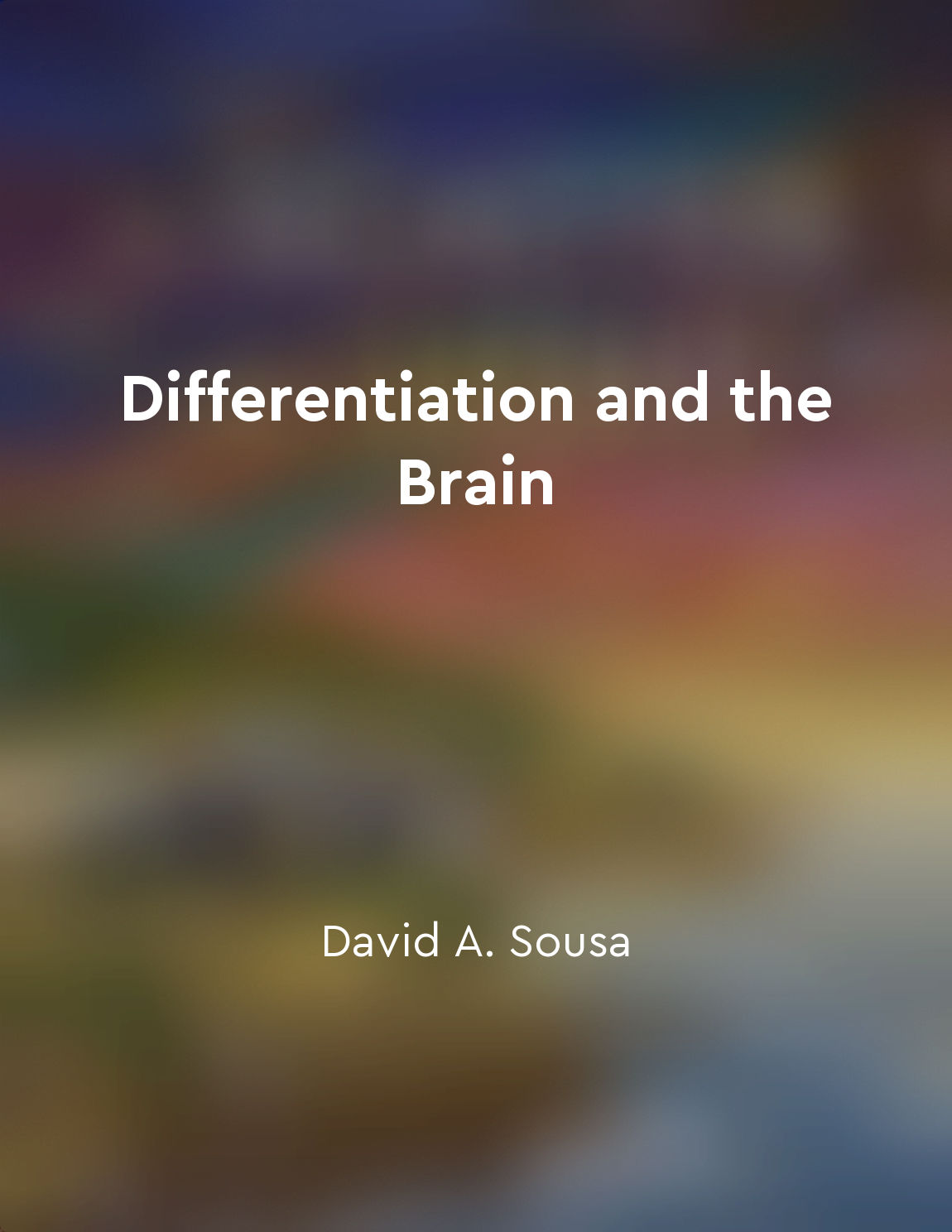Brainfriendly classrooms promote curiosity and creativity from "summary" of Differentiation and the Brain by David A. Sousa,Carol A. Tomlinson
Brainfriendly classrooms are designed to engage students' natural curiosity and stimulate their creativity. By providing a stimulating environment that encourages exploration and discovery, these classrooms tap into students' innate desire to learn and create. In this type of setting, students are more likely to ask questions, seek out new information, and think critically about the world around them. One of the key features of brainfriendly classrooms is the use of hands-on learning activities that allow students to actively participate in their education. This hands-on approach helps students make connections between concepts and real-world applications, which in turn enhances their understanding and retention of information. By actively engaging with the material, students are more likely to remember what they have learned and apply it in new and creative ways. In brainfriendly classrooms, teachers also encourage students to think outside the box and explore multiple perspectives on a given topic. This approach fosters creativity by challenging students to consider different viewpoints and come up with innovative solutions to problems. By promoting divergent thinking, teachers can help students develop their creative abilities and think more critically about complex issues. Another important aspect of brainfriendly classrooms is the emphasis on student autonomy and choice. By allowing students to have a say in their learning process, teachers can empower them to take ownership of their education and pursue topics that interest them. This sense of agency not only motivates students to learn, but also encourages them to think creatively and independently.- Brainfriendly classrooms create a learning environment that is conducive to curiosity and creativity. By engaging students in hands-on activities, encouraging them to think critically, and giving them the freedom to explore their interests, teachers can help nurture the natural curiosity and creative potential of every student. In doing so, they can create a classroom culture that values innovation, exploration, and intellectual growth.


